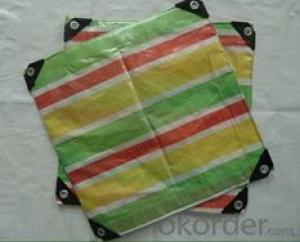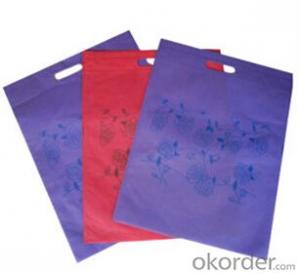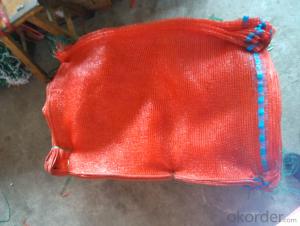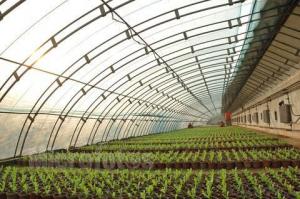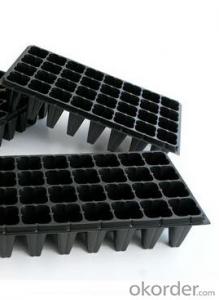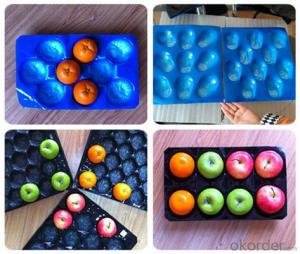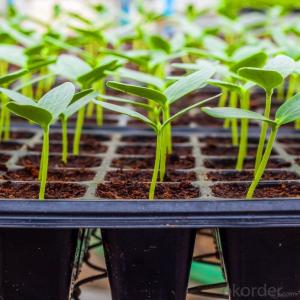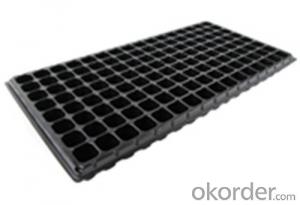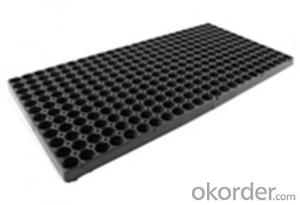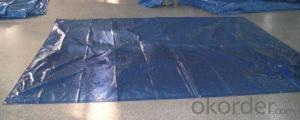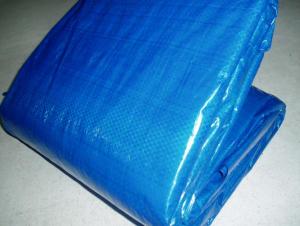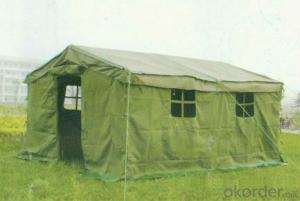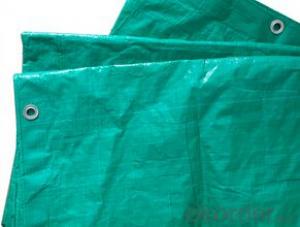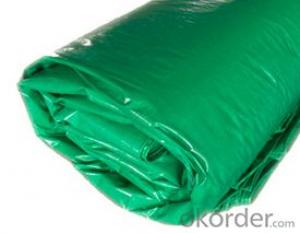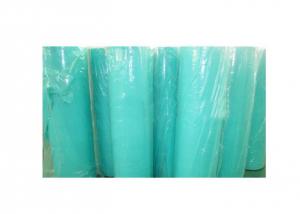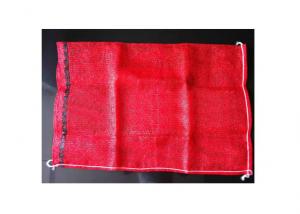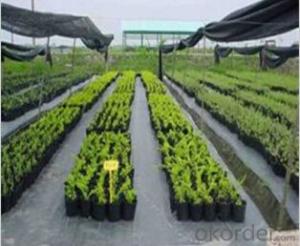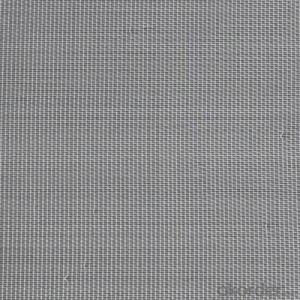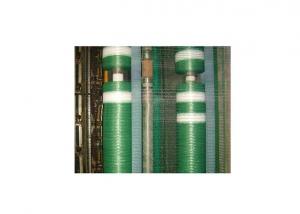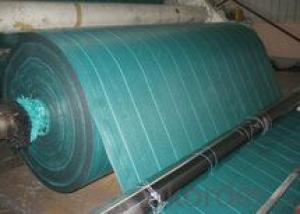Reinforced plastic pe used tarpaulins
OKorder Service Pledge
OKorder Financial Service
You Might Also Like
PE Tarpaulin can be widely used in as thecover as well as other usage. It can be used in industrial, agricultural,garden and home.Covers for general use, scaffoldings inconstruction sites, underground sheets,Covers for truck, cars, boats, containers, warning tapes,Covers for materials, roofs, road repair sites, fencesCovers for timber, hay, cotton and allkinds of crops Covers for daring crops,Covers for garden, backyard use Covers for furniture Gazebo tentd, dining canopies,swimming pool covers.
Specification:
Weight: 70g/m2-300g/m2
Density / sq. inch :7*6, 7*7, 8*7, 8*8,10*8, 10*10, 12*12, 14*14, 16*16
Color: Any color available
Size: 2*3m, 3*4m,4*6m….. any size available
Denier: 750-3000 Denier
UV. FR treatment also available
PE fabric both sides laminated, reinforced by PP rope in hem on all around edges. Aluminum eyelets every 1 meter or 3’ or 1yd interval (30cm, 50cm interval also available).
Packing
1. For rolls , packed in a plasticbag with a label between rolls and bag 2. For Tarpaulin sheets, Eachpiece in a polybag with a label then proper pieces in a carton box packing orsame color bale packing
- Q: Can agricultural plastic products be used for silage production?
- Yes, agricultural plastic products can be used for silage production. Silage plastic wraps and bags are commonly used to cover and seal silage, protecting it from air and moisture, which helps preserve the nutritional value of the forage. These plastic products provide an effective barrier and aid in creating the anaerobic conditions necessary for successful ensiling.
- Q: Can nursery trays be used for growing cacti?
- Yes, nursery trays can be used for growing cacti. These trays provide a convenient and organized way to start and propagate cactus plants. The trays can hold the cactus pots or be used as a shallow container for direct planting. They also offer good drainage and can be easily moved or placed in a controlled environment for optimal cactus growth.
- Q: see i wanna be a barbie for halloween but i wanna look plastic. any help?
- you could rub some sort of oil on your body, but that might feel weird could get pretty messy! pick an oil that your skin wont absorb very fast, becasue you dont want to have to relather yourself every 5 minutes! lol you could try plastic wrap too if you are a good painter, you could paint your body there is also make up that makes your skin look dewy, you could try that this is probably the weirdest option, but you could get plastic fabric make a body suit, that would get really annying though i bet!
- Q: Someone told me about Kurkure plastic. Is it really there?
- problematic task. try searching on to google or bing. just that could actually help!
- Q: Do nursery trays come with pre-drilled holes for easy transplanting?
- Yes, nursery trays typically come with pre-drilled holes to facilitate easy transplanting of seedlings.
- Q: How do you prevent ground cover from outcompeting other plants for nutrients and water?
- One way to prevent ground cover from outcompeting other plants for nutrients and water is by practicing regular maintenance and monitoring. This includes timely pruning or trimming of ground cover to prevent it from spreading excessively and shading out other plants. Additionally, implementing a proper irrigation system that targets the specific needs of each plant can help ensure equal distribution of water and prevent ground cover from monopolizing it. Finally, periodically fertilizing the soil and providing adequate nutrients to all plants can help maintain a balanced ecosystem and prevent ground cover from overpowering other plants.
- Q: Are nursery trays suitable for carnivorous plants?
- No, nursery trays are not suitable for carnivorous plants. These plants require specific growing conditions, such as a moist and acidic environment, which cannot be provided by regular nursery trays. Additionally, carnivorous plants often have specialized root systems that require a certain type of pot or container to thrive.
- Q: Can agricultural plastic products be used for horticultural purposes?
- Yes, agricultural plastic products can be used for horticultural purposes. Horticultural activities such as plant propagation, nursery operations, and crop production often benefit from the use of plastic products. Plastic mulch films, pots, trays, and row covers are commonly used in horticulture to maximize plant growth, conserve water, control weeds, and protect crops from pests and weather conditions.
- Q: How do nursery trays help in preventing root circling?
- Nursery trays help prevent root circling by providing a confined space for the roots to grow in a more controlled manner. The tray's design promotes air pruning, which causes the roots to stop growing once they reach the tray's bottom, preventing them from circling around the edges. This encourages the roots to grow outward, resulting in a healthier and more robust root system.
- Q: What are some ground cover options for coastal regions with salt spray?
- Some ground cover options for coastal regions with salt spray include beach grass, seaside goldenrod, sea lavender, and rugosa roses. These plants are tolerant of salt spray and can thrive in coastal environments.
Send your message to us
Reinforced plastic pe used tarpaulins
OKorder Service Pledge
OKorder Financial Service
Similar products
Hot products
Hot Searches
Related keywords
